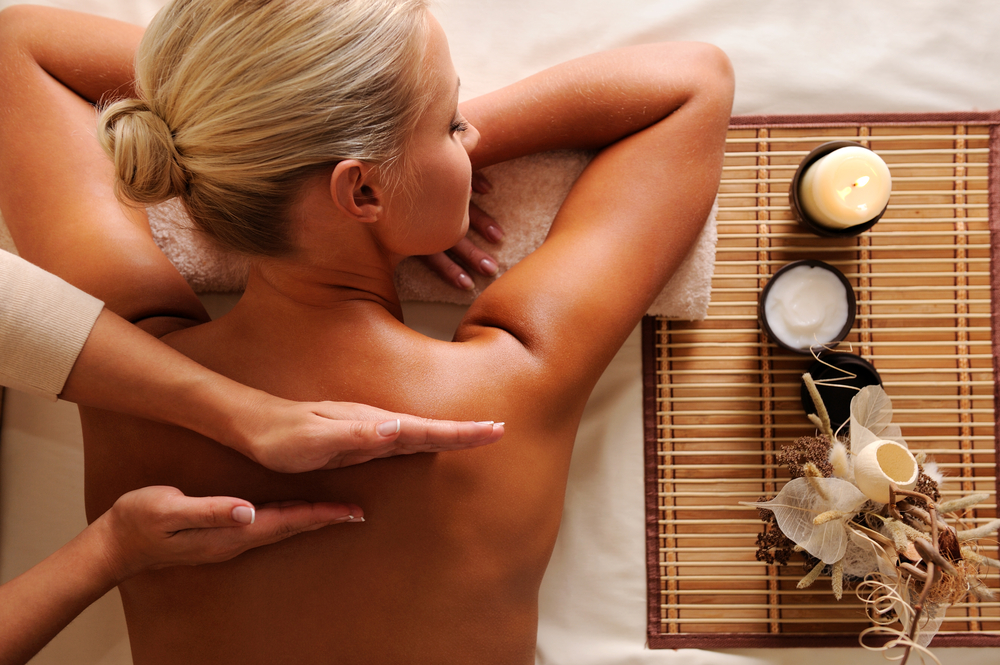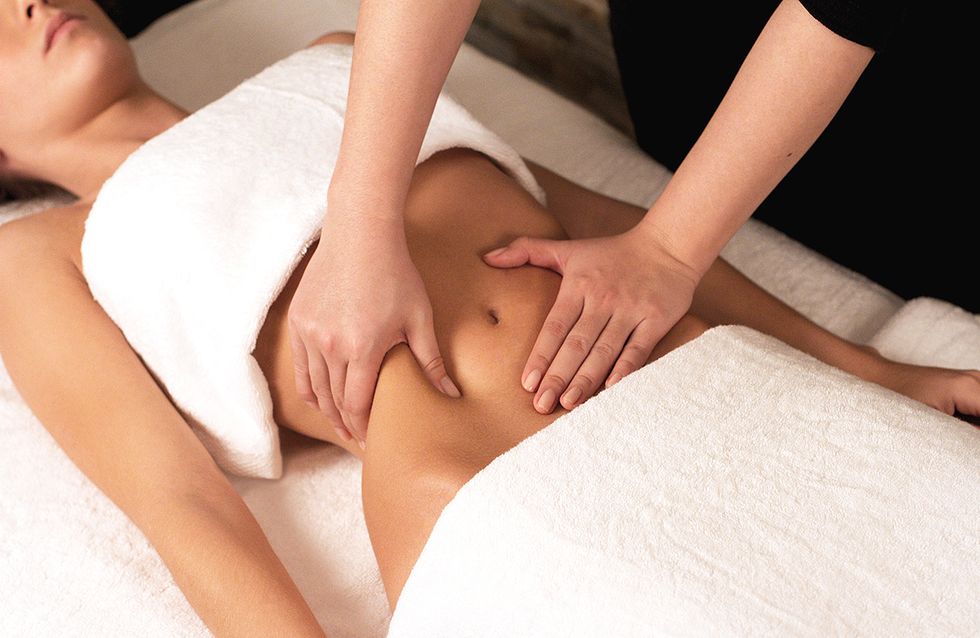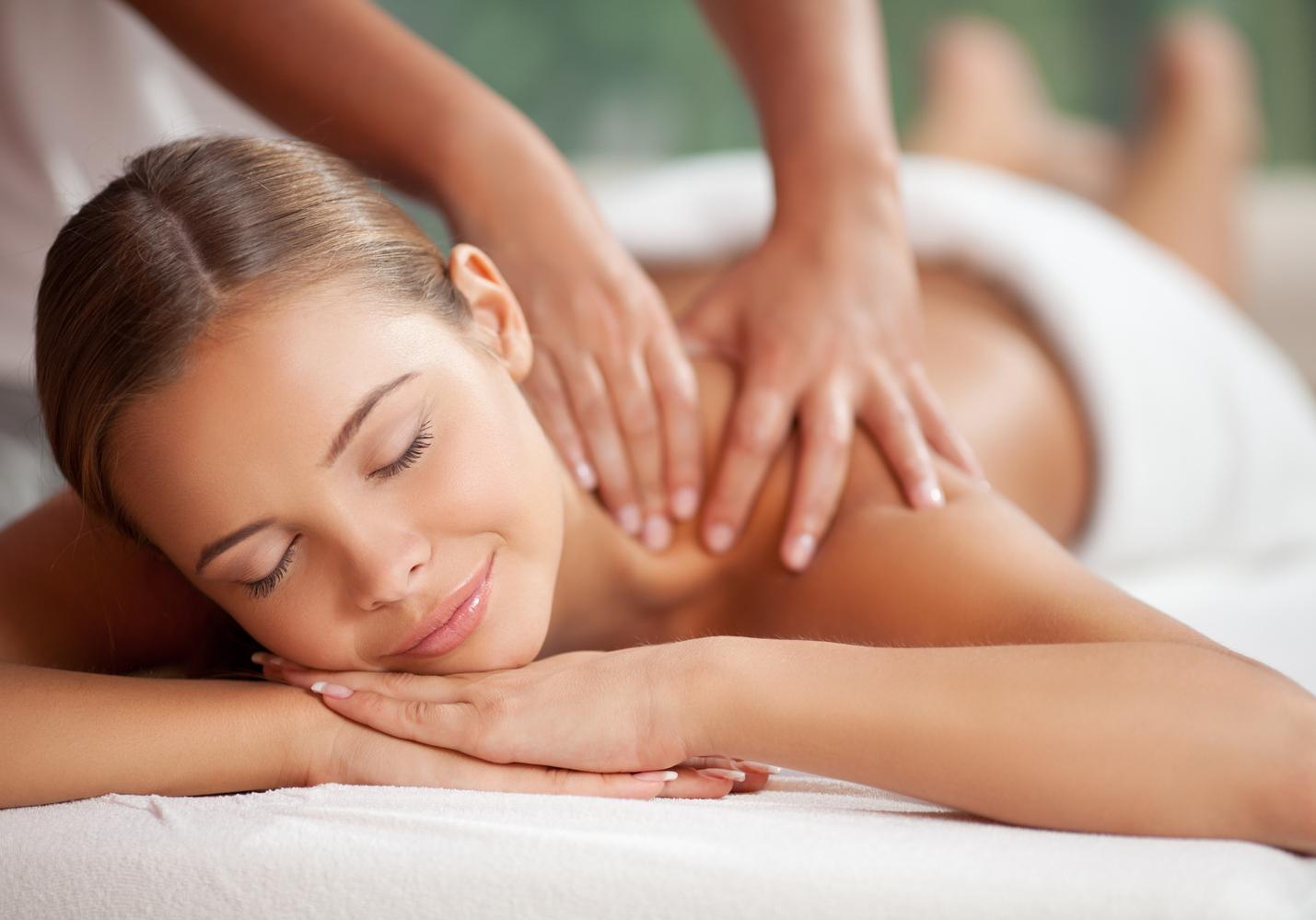Tui na massage
Tui Na is an energetic massage that is part of the 5 branches of Traditional Chinese Medicine. In this sheet, you will discover this massage in more detail, its principles, its techniques, its history, its benefits, who practices it, how a session is done, how to become a therapist and finally, what are its contraindications.
Tui Na massage is a Chinese therapeutic massage. Tui means "to push" and Na, "to grasp". These are the 2 most common types of manipulations used in this massage. Sometimes the term Anmo, meaning "to press" (an) and "to rub" (mo), is linked to the word Tui Na, as these 2 movements are also the origin of the approach.
History of Tui Na Massage
Tui Na has been part of Chinese culture for thousands of years. Inscriptions found on bones and turtle shells reveal that it was used to treat children and adult digestive disorders. It was banned during the communist revolution, from 1911 to 1949. A large number of writings disappeared and it was the working classes who maintained the practice. In 1949, with the advent of the People's Republic of China, Tui Na was reintegrated with the other disciplines of Traditional Chinese Medicine. In 1950, the first Tui Na training program was established, lasting 2 years. Since 1974, it has been taught for 5 years.
In the West, Tui Na is probably the least known branch of Traditional Chinese Medicine. In Quebec, Bernard Côté, a great specialist of Chinese medicine who passed away in 2001, taught Tui Na from the 1980s onwards.

The main principles
Tui Na massage differs from Western massage techniques, mainly because of the energetic concept on which it is based (harmonization of Qi), but also because of the multiplicity of the types of manipulations. Indeed, the practitioner uses a wide variety of techniques depending on the areas to be treated, the type of imbalance, the age and the constitution of the individual. The therapist has more than 300 different manipulations, rigorously classified according to their form, strength and function. They are generally performed with the upper limbs (fingers, palm, hand, wrist, forearm or elbow), but sometimes they use the knees, feet or even the skull. According to our western criteria, Tui Na would be classified as a rather dynamic massage.
Tui Na Massage Techniques
Tui Na massage consists of several specific techniques. Here are the main ones.
- Rolling to treat soft tissue, joint and muscle injuries.
- Digipuncture (or acupressure) to stimulate acupuncture points to treat internal diseases.
- The Nei Gung method, which uses energy exercises and massage techniques to revitalize the body.
- Manipulations applied to the musculoskeletal system to treat joint disorders and nerve pain.
The place of Tui Na massage in Chinese medicine
Tui Na massage is, along with acupuncture, Chinese dietetics, Chinese pharmacopoeia and energetic exercises (Qi Gong and tai chi), one of the 5 branches of Traditional Chinese Medicine (TCM). It is therefore based on the "energetic" and very practical vision that is specific to TCM and that is presented in the Traditional Chinese Medicine file.
Benefits of Tui Na Massage
In China, the fields of application of Tui Na massage are multiple. It is used for preventive and therapeutic purposes for both adults and children. It is difficult to say about the effectiveness of Tui Na massage at this time as most clinical trials have not been translated. However, some research has shown some benefits of this massage, but they remain inconclusive.
Alleviating the symptoms of Parkinson's disease
In a 2006 study, 23 patients with Parkinson's disease received a combination of Tui Na massage and acupuncture once a week for 6 months. Although some patients reported positive changes in the evaluation of disease symptoms on a few occasions during the treatment period, no significant improvement was observed after 6 months.
Decreasing fibromyalgia pain
A randomized clinical trial conducted in 2007 with 33 fibromyalgia patients showed some positive effects of this massage. In this study, the participants were divided into two groups: the participants of the first group received 8 sessions of 50 minutes of yoga ending with 15 minutes of Tui Na massage while for the others, the massage was replaced by a relaxation period. A decrease in pain was observed in both groups during the 8 weeks of treatment. However, these effects were not maintained after the treatments were stopped 4 to 6 weeks later.
Improving dizziness related to cervical osteoarthritis
In 2008, a review on cervical osteoarthritis was published in English, based on articles originally written in Chinese. The 7 selected studies focused on the intensity of headaches and dizziness. The conclusions show that Tui massage does not bring any benefit in the treatment of headaches and very mixed results with regard to dizziness.
Relieving symptoms of primary dysmenorrhea
In a 2008 study, 30 individuals were treated with acupuncture combined with Tui Na massage and the other 30 were treated with acupuncture alone. The results showed that when acupuncture was combined with Tui Na massage, it offered better prospects for the treatment of primary dysmenorrhea than without Tui Na massage.
Contributing to the treatment of cervical radiculopathy
A recent 2017 study suggests that Tui Na massage alone may be helpful for patients with cervical radiculopathy as it would lead to a decrease in pain.
Contraindications of Tui Na massage
Like many massages, Tui Na massage is not recommended in case of injury, fever, infection or the presence of bruises on the body. For pregnant women, it is contraindicated to massage certain points, especially the San Yin Jiao point, located between the kidney and the spleen. If you suffer from circulation problems (heart problems, phlebitis) and you wish to be massaged, it is imperative to ask your doctor for advice beforehand.

Why consult a tui na masseur?
Tui na massage is used in China for preventive and therapeutic purposes for multiple applications, including wellness and relaxation.
The following indications are therefore derived from traditional Chinese massage usage:
- revitalize the whole body and stimulate the body's immune system;
- relieve common ailments such as migraine, constipation or colds;
- relieve musculoskeletal conditions such as joint pain or muscle damage;
- help people fight against anxiety and stress;
- relax the entire body as a relaxation massage.
Chinese massage is also recommended in pediatrics because it is considered less traumatic than acupuncture for children.
How is tui na massage practiced?
Chinese tui na massage is a complete and dynamic massage of the whole body. As a general rule, the massage follows the acupuncture meridians, the joints and the reflex zones of the body. The practitioner uses different maneuvers, dispersing or toning, as in acupuncture. He can also act on a zone in direct or indirect relation with a precisely identified painful zone.
Let us quote for example three techniques used during the Chinese massage:
• gunfa or "roller": a rotating massage that acts on soft tissue and treats joint and muscle injuries;
• zhenfa: a vibratory technique to energize the Qi and therefore the body of the patient;
• acupressure: stimulating acupuncture points by applying pressure with the fingers, hand or elbow.
How does a tui na massage work?
There are two ways to be prescribed a tui na massage:
• the prescription comes from a Chinese medicine practitioner, after an energy assessment, and often in addition to another technique (acupuncture, pharmacopoeia, etc.).
• you have made an appointment on your own: the masseur will perform the same type of assessment as the Chinese medicine practitioner, in order to establish a list of your needs.
This massage is performed on a massage table, on a mat on the floor, or on an adapted seat. The patient remains clothed most of the time, unless the practitioner is required to apply pressure directly on the skin.
According to the preliminary assessment, the practitioner establishes a therapeutic strategy. He then performs a number of massage maneuvers according to the needs: stretching, mobilization and work on acupuncture points. Ten to twenty manipulations are performed during a session.
At the end of the massage, the patient generally leaves feeling relaxed and at ease. After a few days, he or she may feel a great deal of fatigue due to the rebalancing of his or her Qi. These discomforts are quite normal and disappear in the following days.

